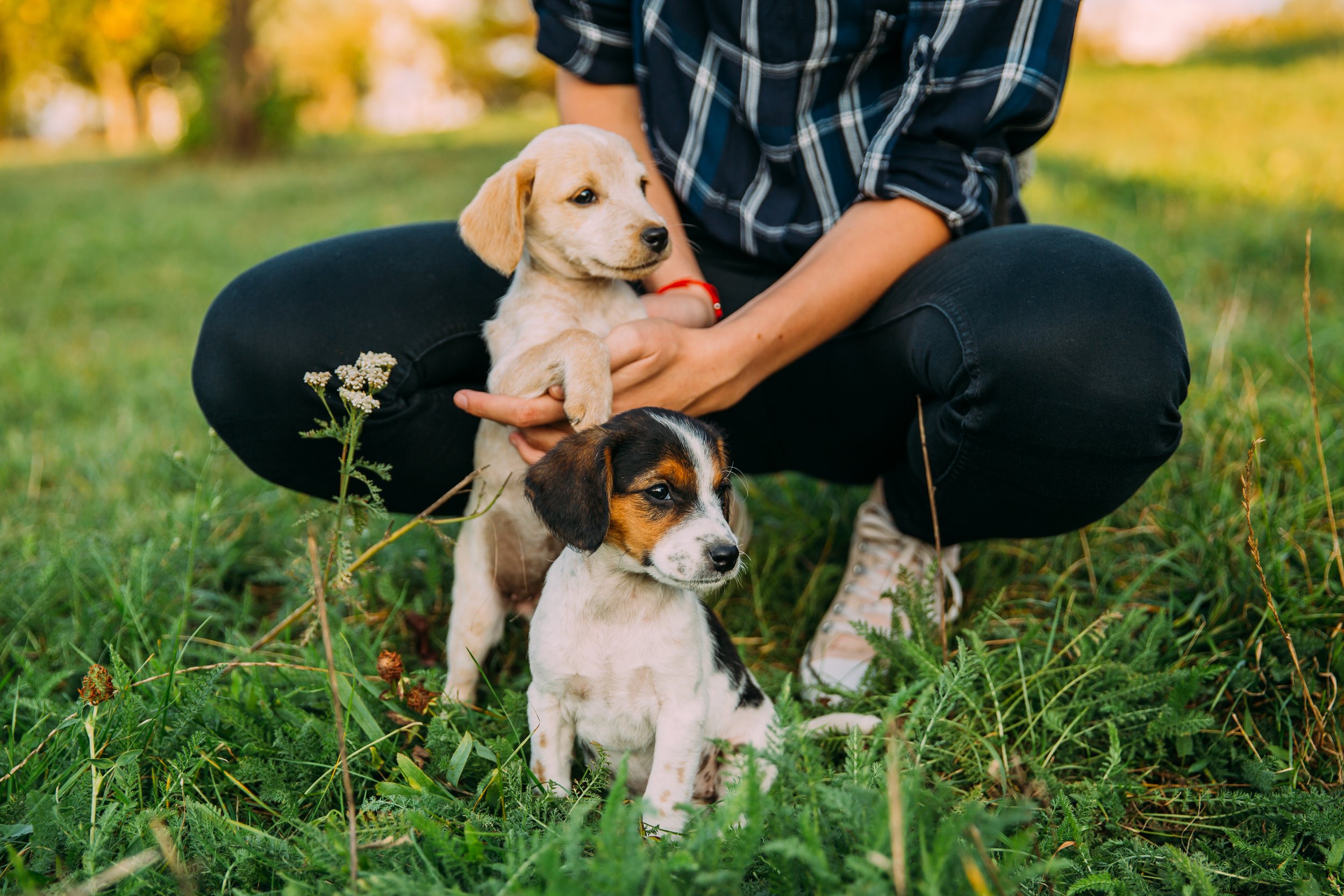How to Foster a Dog
Fostering a dog offers temporary shelter to dogs needing a loving home and family.
Fostering will give you a sense of fulfillment as you can help save a dog's life.
What Is Foster Care?
Foster care is a program meant to place animals in temporary homes where they’ll be able to receive the love and care they need.
A foster parent or foster family may share their home with their chosen foster pet with no time restriction because this will depend on the pet’s need and how long they will be adopted.
If the foster family and the fostered pet have a great bond, the foster home may become a permanent home when the family decides to adopt him.
Why Are Foster Homes Needed?
The most commons reasons include:
Dog shelters are already crowded, and putting dogs in foster care will free up space for other dogs.
Rescue groups want to know more about the dog's personality and behavior in a home set-up.
A playful dog needs to learn basic manners before getting fully ready for adoption.
A shy dog needs a safe place before going out of his comfort zone.
An injured dog needs to recover from an accident.
An old and sick dog needs love and care.
A natural disaster destroyed the shelter, and a foster home is the safest place for dogs to go to.
Why Foster Dogs?
The Big Dog Ranch Rescue (BDRR) rescues dogs from high-kill impounds, crowded shelters, puppy mills, and abusive and neglecting situations.
Many of these dogs will undergo euthanizing when not rescued.
Fostering a pet opens your home and heart to companionship with an animal that needs tender loving care. This will not cost you anything other than your time.
Big Dog Ranch Rescue provides all the supplies, support, and vet checkups for the foster animals.
The Reasons Why Dogs End Up in Foster Care
Several reasons include:
Too young and needs bottle-feeding (the mother is unavailable)
Nursing litter
Lack of space
Emergency boarding situations
Underweight
Injury rehab
Ringworm treatment
The Type of Dogs You Will Foster
Some dogs are put into foster homes because of behavioral reasons. Many are not used to kennels or display unwanted attitudes in their own homes.
Before fostering, the rescue group will orient and ensure that the dog you will foster is safe to pet.
Dogs that are up for fostering are between medium to large sizes, so foster parents need to be acquainted with the dog's size they will be dealing with.
In most cases, foster parents need to undergo behavior training programs to help those dogs with behavioral issues.
Qualifications to Become a Foster Parent
Must be an adult that can attend to the needs of the dog.
Have enough alone time with the foster dog because most foster dogs don’t want to be left alone for a long time. By then, the time shared alone by the foster parent and dog will gradually build up.
The foster parent must have a calm and quiet home with no other pets. This is to ensure the mental state of the foster dog.
It would be most preferred that the foster parent has previous experiences with rescue dogs, especially those vulnerable or who have challenging behaviors. Both training and support will be provided throughout the foster period.
A private porch or garden is highly beneficial for fostering dogs. It may not be essential, but it's a requirement for many foster dogs to have a safe space where they can play and follow training programs.
The foster parent should live an hour away from the rescue center for easy travel when the foster dog has a clinic and rehoming appointments.
Willingness to follow the guidelines given. Each foster dog will undergo a training program that needs to be followed to ensure fostering success.
Big Dog Ranch Rescue wants people to commit on a long-term basis because some of these foster dogs are struggling to find a permanent home as they need a hospitable and stable environment to live in.



